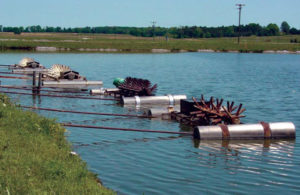
Limits of catfish production in ponds
The potential yield of catfish from earthen ponds is high, but several factors limit production under commercial conditions.
Emergency aeration with tractor-powered paddlewheels allowed U.S. catfish farmers to increase feeding and stocking rates, and double production.

The potential yield of catfish from earthen ponds is high, but several factors limit production under commercial conditions.
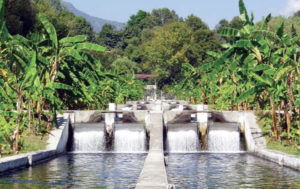
Proposed best management practices for rainbow trout production address eight areas of production covering the entire culture cycle.
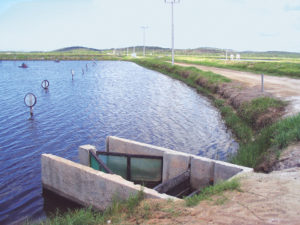
Water flow within channels can be measured using the float method or calculated using rating curves that project water velocity based on a series of finite measurements.
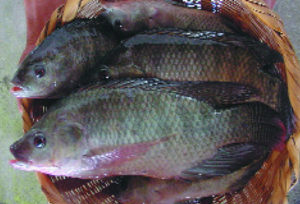
Tilapia culture is an important component of local food production in Honduras. Rising exports have raised in-country demand and production.
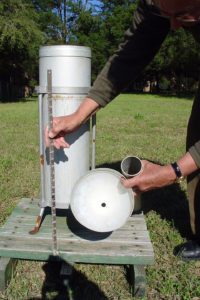
Accurate estimations of water volumes in aquaculture systems contribute to both better management of resources and cost-efficient production.
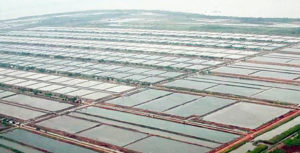
In Indonesia, shrimp farming practices vary somewhat from region to region depending on the local conditions and financial pressures.
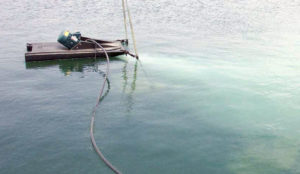
In intensive ponds and raceways, oxygen injection can manage oxygen demand and can quickly increase dissolved-oxygen levels to minimize risk of catastrophic failure.
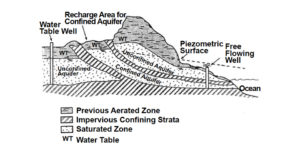
Groundwater from wells is sometimes used to supply hatcheries and ponds. The potential water supply via wells is defined largely by geology.
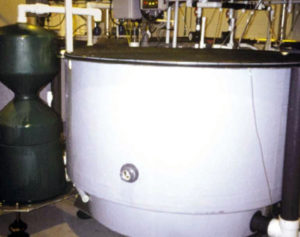
A simple evaluation process can characterize commercial biofilter performance as a function of flow rate and ammonia-nitrogen concentration.
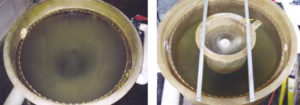
In a study, a radial-flow settler provided approximately twice the TSS removal efficiency of a comparable swirl separator.
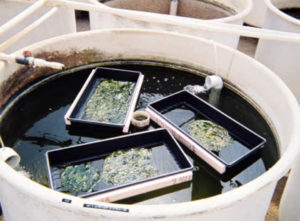
Research has shown that microbial mats are effective at removing nitrogen and phosphorus from aquaculture effluents.
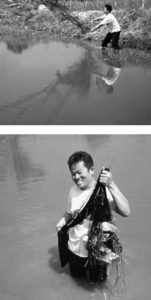
The worldwide adoption of ecologically, socially and economically sound systems based on a series of principles of organic agriculture is exemplary if unrealistic.
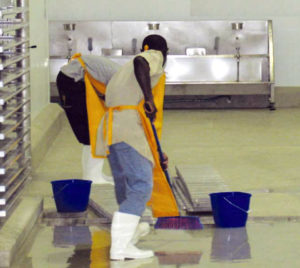
Detailing the HACCP procedures and specifications for every stage of production and processing in a total procedures manual is a hallmark of quality.
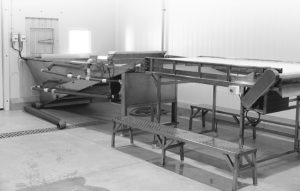
Seafood processors must increasingly codify all procedures, not just those related to food safety and hazard analysis critical control point (HACCP).

Processors maintain facility and product security via HACCP procedures and supporting documentation that control physical security, employees and visitors.